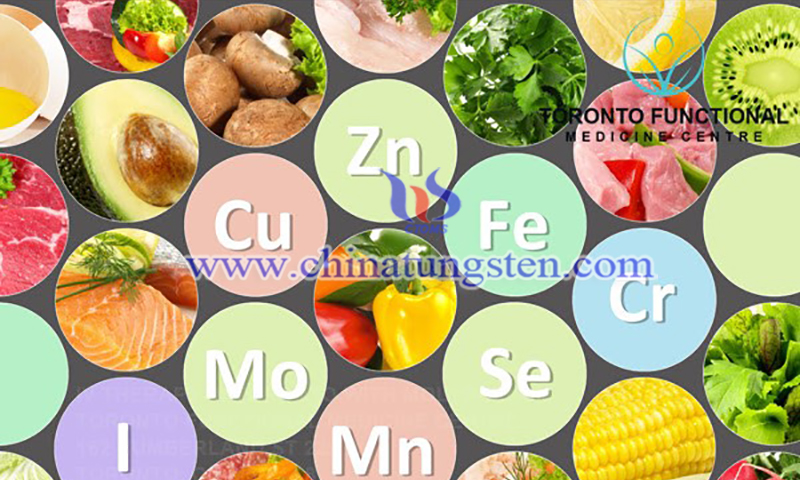Importance of Intravenous Therapy with Molybdenum
- Details
- Category: Tungsten's News
- Published on Sunday, 05 March 2023 22:33
The Centre for Functional Medicine in Toronto, Ontario, Canada, recently published a blog post explaining the importance of molybdenum (Mo) in intravenous (IV) therapy in Toronto, a mineral supplement that, just like copper, can provided through intravenous therapy. The post explains how Mo is a nutrient that is unique in that the body only needs small amounts, but it plays an important role in optimizing many body functions. It is also a cofactor for enzymes that break down toxins and aid in cellular function.

Another important role of the trace element Mo is essential for breaking down sulfites, which can be found naturally in foods or used as preservatives. If sulfites accumulate in the body, they can cause allergic reactions, including skin problems, diarrhea, and even breathing problems. Trace amounts of Mo are found in the skin, spleen, muscles, and lungs. Studies have shown that trace amounts of molybdenum can be obtained through the consumption of plant foods such as legumes, green leafy vegetables, nuts, and organ meats. However, the amount of Mo in food depends on whether the mineral can be found where the plant is grown.
Studies have shown that low levels of Mo in the body may result in esophageal cancer, demonstrating the importance of Mo in dietary and soil requirements. In addition, Mo may also play an important role in the fight against gut-associated Candida. The problem with Candida is that it naturally produces acetaldehyde, a toxin that may cause inflammation, energy deficiency and brain fog. Mo supplementation may help the liver counteract the effects of acetaldehyde. It is also important to note that the mitochondria in liver and kidney cells contain sulfite oxidase, an enzyme that has Mo. This enzyme activates the oxidation of sulfite to sulfate for protein and lipid metabolism, an important process for sulfite detoxification at the cellular level.
There are three possible ways to increase the intake of Mo in the body. The first is through dietary changes. A study published in the American Journal of Clinical Nutrition found that absorption of Mo from soy products was less effective. Therefore, it is best to consult a functional medicine practitioner about non-soy sources of Mo, such as fennel, carrots, yogurt, cod, almonds, oats, and lentils. A second way to obtain Mo is through oral supplements. However, oral supplementation must be done after consulting a health practitioner, as it may reduce copper absorption in the body and may cause gout-like symptoms.

(Credit: IV therapy Toronto)
A third method is to inject more molybdenum into the body through intravenous therapy. This may be an option if the patient has malabsorption problems. IV therapy bypasses the digestive tract, which means there may be only a very low risk of side effects when taking oral supplements. IV drops are available at the Toronto Centre for Functional Medicine and are designed to enhance cellular function and address energy deficiencies.
| Molybdenum Supplier: Chinatungsten Online www.molybdenum.com.cn | Tel.: 86 592 5129696; Fax: 86 592 5129797;Email:sales@chinatungsten.com |
| Tungsten News & Prices, 3G Version: http://3g.chinatungsten.com | Molybdenum News & Molybdenum Price: http://news.molybdenum.com.cn |



 sales@chinatungsten.com
sales@chinatungsten.com